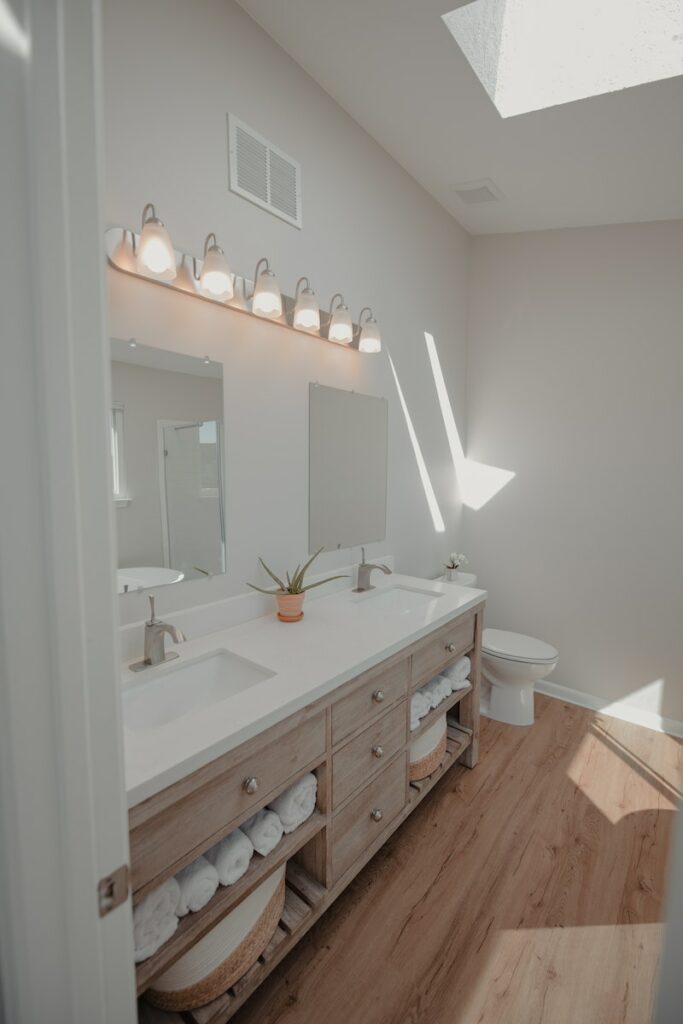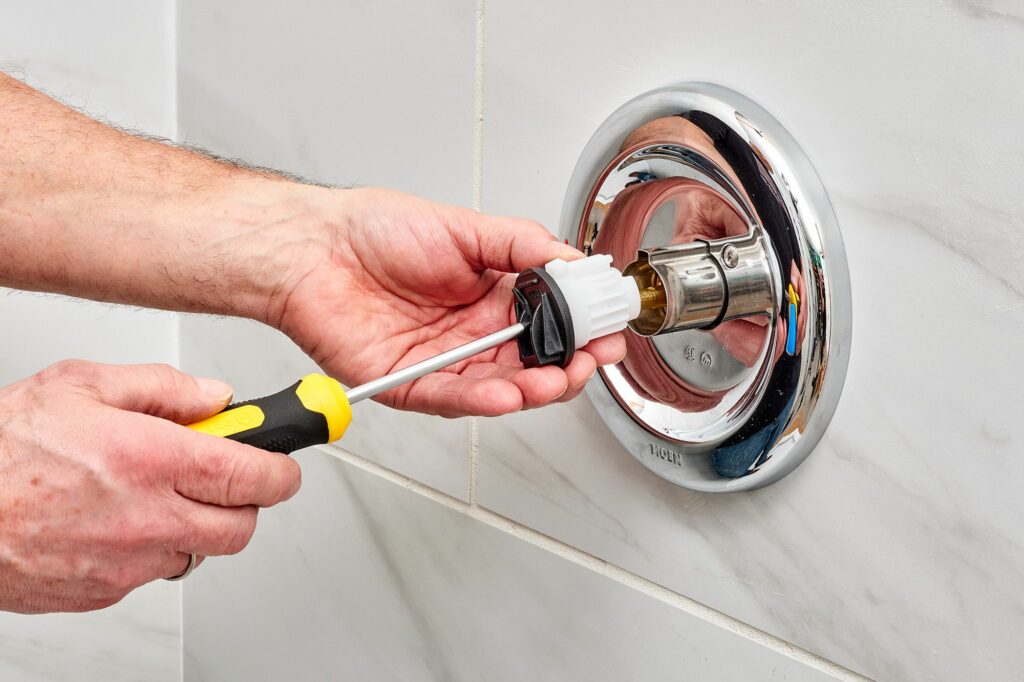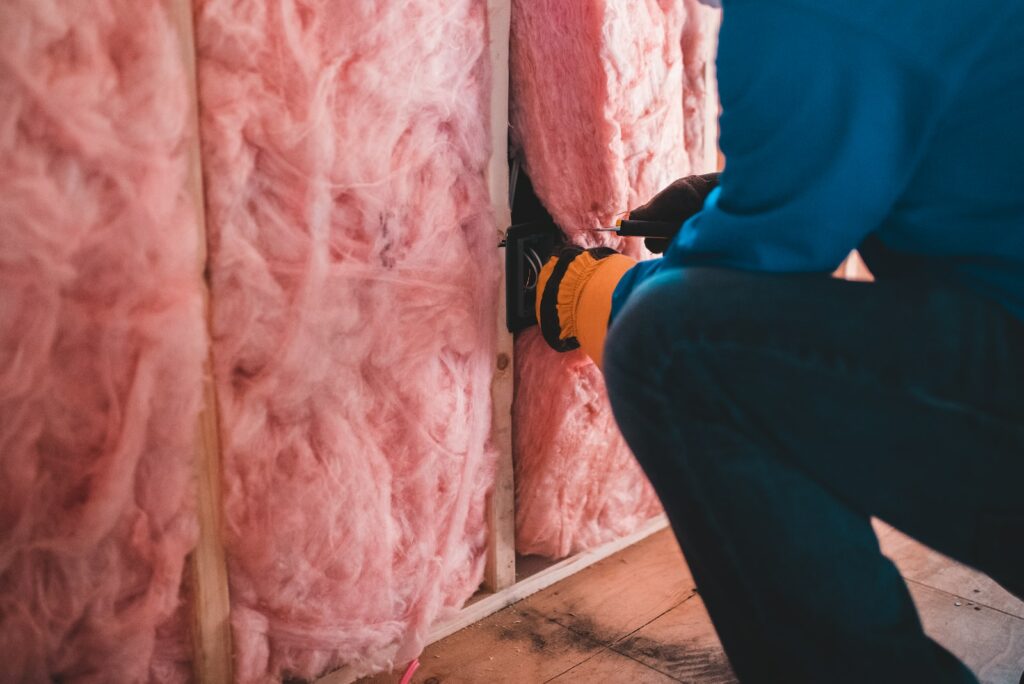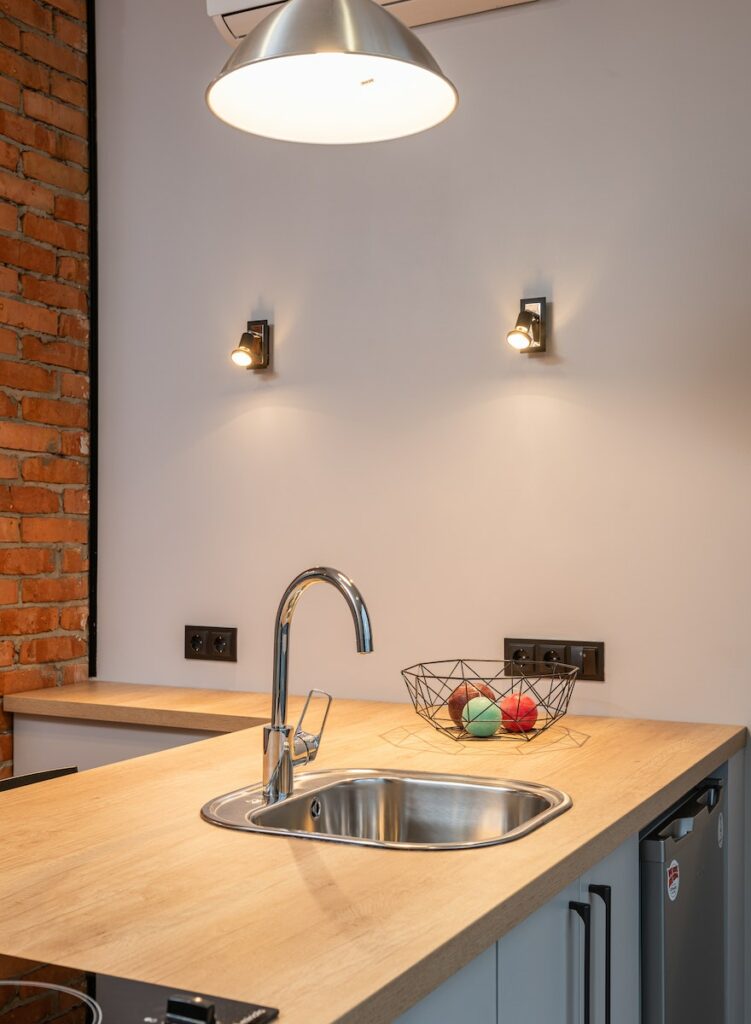How To Install A New Bathroom Vanity
Installing a new bathroom vanity can be an intimidating task. It requires careful planning, time, and skill to get the job done right. But with a few simple steps, you can make the process a lot easier.
This guide will explain the step-by-step process of installing a new bathroom vanity, the tools and materials needed, and the expenses and time commitment to get it done. By following these steps, you’ll be able to quickly and easily install your new vanity and enjoy the beauty of your new bathroom.
Benefits Of Installing A New Bathroom Vanity
Installing a new bathroom vanity can provide a number of benefits. First, it can dramatically improve the overall look of your bathroom. A new vanity can give your bathroom a fresh, modern look without the need for a full-scale renovation.
Second, installing a new vanity can also improve the functionality of your bathroom. New vanities come in a variety of styles and sizes, so you can choose one that best suits your needs. This could include adding additional storage space or finding a new vanity that accommodates your countertop and sink better.
Finally, installing a new vanity can increase the value of your home. Even the most basic vanity upgrades can make a big difference in the overall look and feel of your home.
What You Will Need
Before you begin installing your new bathroom vanity, you’ll need to make sure you have the right tools and materials. Be sure to check your vanity’s instructions for specific requirements.
Here’s what you’ll need to get the job done:
- A measuring tape
- A level
- A drill and drill bit
- Screws and anchors
- A utility knife
- Caulk and a caulk gun
- A plumber’s snake
- Sandpaper
- A sink basin wrench
Step-by-Step Guide To Installing A New Vanity
Step 1: Measure Your Space
Before you begin, it’s important to make sure that your vanity will fit in the allotted space. Measure your bathroom’s dimensions and make sure the vanity will fit. You should also measure the same distance from the floor to the countertop to ensure that the vanity’s height matches the rest of the bathroom.
Step 2: Prepare the Area
The next step is to prepare the area where the vanity will be installed. Remove any existing fixtures, such as the sink and countertop, and remove any existing hardware, such as screws and anchors. Make sure the area is clean and dry before continuing.
Step 3: Place the Vanity
Once the area is ready, it’s time to place the vanity in the opening. If the vanity is heavy, you might need help lifting it and positioning it correctly. Make sure that the vanity is level in all directions and that it is properly positioned within the opening.
Step 4: Secure the Vanity
Once the vanity is in place, it’s time to secure it. Use your drill and drill bit to secure the vanity onto the wall studs using screws and anchors. Make sure that the screws and anchors are firmly secured and that the vanity is level.
Step 5: Install the Sink and Countertop
Now that the vanity is secure, it’s time to install the sink and countertop. Place the sink in the opening and secure it with the sink basin wrench. Make sure that the sink is level and that the edges are flush with the countertop.
Once the sink is in place, you can begin installing the countertop. Secure the countertop to the vanity with screws and anchors. Be sure to fill any gaps between the countertop and the vanity with caulk.
Step 6: Install the Faucet
The final step is to install the faucet. Make sure the faucet is level and that the connections are tight. Use the utility knife to cut any excess piping, if necessary.
Time and Cost Commitment
Installing a new bathroom vanity takes some time and effort, but it is worth it in the end. You should expect to spend several hours on the project, depending on the size and complexity of the vanity. As for the cost, you should budget for the cost of the vanity itself, as well as the necessary tools and materials.
Safety Precautions
Installing a new bathroom vanity does involve a range of technical skills, so it’s important to follow basic safety precautions. Be sure to wear appropriate safety gear, such as gloves and eye protection, when working with tools. Make sure the area is free of tripping hazards and that the power is turned off before beginning any installation.
Conclusion
Installing a new bathroom vanity can be a challenging task, but with the right tools and materials, it can be done relatively easily. Be sure to always follow safety protocols when working with tools and to take your time to ensure that everything is done correctly. With a little effort, you’ll be able to enjoy the beauty of your new vanity for years to come.





















